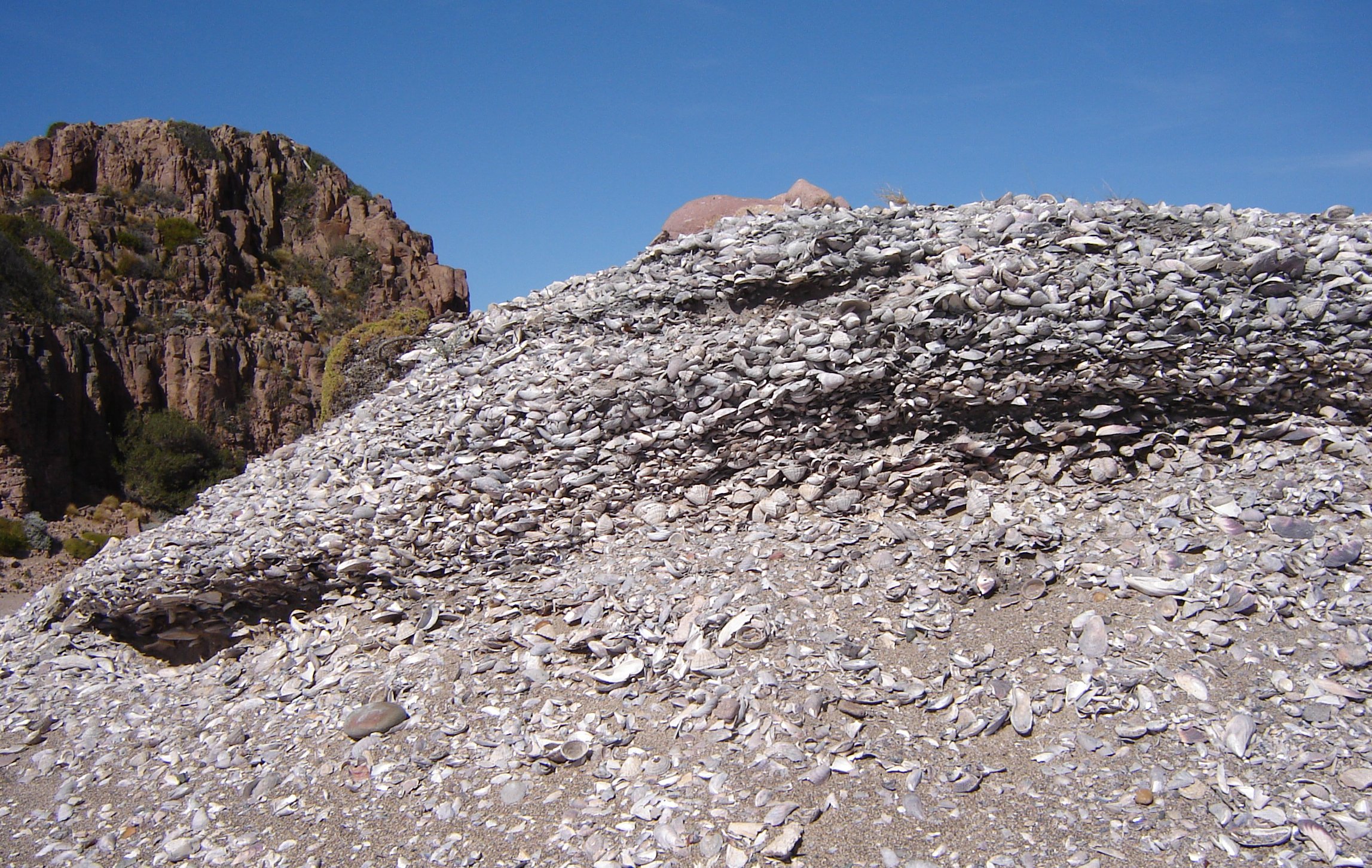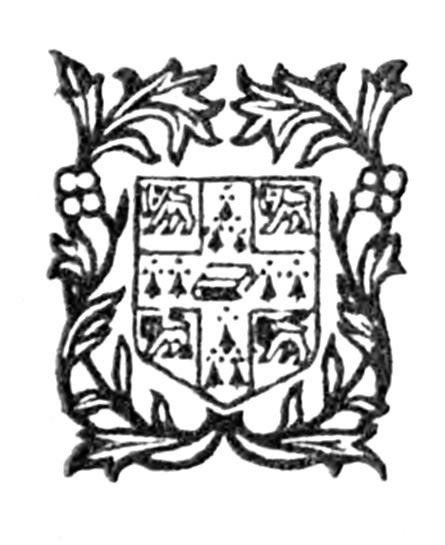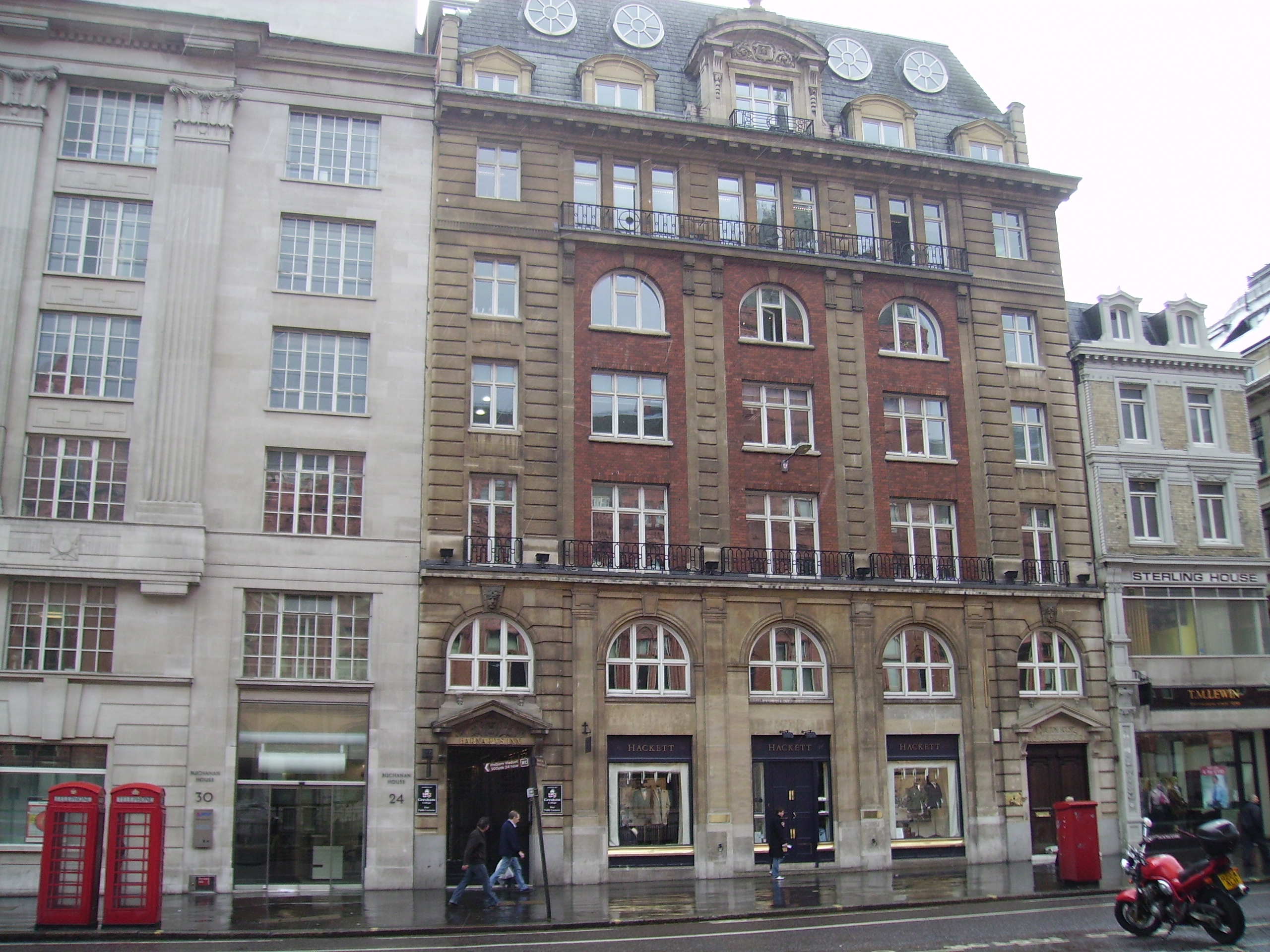|
Sannai-Maruyama Site
The is an archaeological site and museum located in the Maruyama and Yasuta neighborhoods to the southwest of central Aomori in Aomori Prefecture in northern Japan, containing the ruins of a very large Jōmon period settlement. The ruins of a settlement were discovered in 1992, when Aomori Prefecture started surveying the area for a planned baseball stadium. Archaeologists have used this site to further their understanding of the transition to sedentism and the life of the Jōmon people. Excavation has led to the discovery of storage pits, above ground storage and long houses. These findings demonstrate a change in the structure of the community, architecture, and organizational behaviors of these people. Because of the extensive information and importance, this site was designated as a Special National Historical Site of Japan in 2000, and a UNESCO World Heritage Site as part of the Jōmon Prehistoric Sites in Northern Japan collection in 2021. Today the public can visit the ... [...More Info...] [...Related Items...] OR: [Wikipedia] [Google] [Baidu] [Amazon] |
Aomori (city)
, officially Aomori City (, ), is the capital Cities of Japan, city of Aomori Prefecture, in the Tōhoku region of Japan. , the city had an estimated population of 264,945 in 136,781 households, and a population density of 321 people per square kilometer spread over the city's total area of . Aomori is one of Japan's 62 core cities of Japan, core cities and the core of the Aomori metropolitan area. Etymology file:Wiki-utou2.jpg, Rhinoceros auklet (ウトウ) The original name of the Aomori was Utō, named for the , a seabird that is closely related to the puffin. In 1626 the name was changed to , but this was not fully embraced until 1783. History ''Aomori'' literally means blue forest, although it could possibly be translated as "Distinguishing blue from green in language#Japanese, green forest". The name is generally considered to refer to a small forest on a hill which existed near the town. This forest was often used by fishermen as a landmark. A different theory sugges ... [...More Info...] [...Related Items...] OR: [Wikipedia] [Google] [Baidu] [Amazon] |
Hakkōda Mountains
The are an active volcanic complex in south-central Aomori Prefecture, Japan, in Towada-Hachimantai National Park. Often called or simply , the mountains are collectively listed as one of the 100 Famous Japanese Mountains. Its highest peak, Mount Ōdake, lies southeast of central Aomori and west of central Towada, Aomori, Towada and has an elevation of . The Hakkōda Mountains are a part of the Ōu Mountains which make up part of the Northeastern Japan Arc, a segment of the Pacific Ring of Fire. The volcanic complex consists of fourteen stratovolcanoes and lava domes arranged into two volcanic groups. The Northern Hakkōda Volcanic Group emerges from the rim of an caldera that dates back to the Pleistocene. The Southern Hakkōda Volcanic Group predates the caldera. The Hakkōda Mountains attract many climbers, skiers, and sightseers. The mountains offer extensive backcountry skiing in the winter and early spring. There is a lift, the Hakkōda Ropeway in the northern Hakkōd ... [...More Info...] [...Related Items...] OR: [Wikipedia] [Google] [Baidu] [Amazon] |
Stone Circle
A stone circle is a ring of megalithic standing stones. Most are found in Northwestern Europe – especially Stone circles in the British Isles and Brittany – and typically date from the Late Neolithic and Early Bronze Age, with most being built between 3300 and 2500 BC. The best known examples include those at the henge monument at Avebury, the Rollright Stones, Castlerigg, and elements within the ring of standing stones at Stonehenge. Scattered examples exist from other parts of Europe. Later, during the Iron Age, stone circles were built in southern Scandinavia. The archetypical stone circle is an uncluttered enclosure, large enough to congregate inside, and composed of megalithic stones. Often similar structures are named 'stone circle', but these names are either historic, or incorrect. Examples of commonly misinterpreted stone circles are ring cairns, burial mounds, and kerb cairns. Although it is often assumed there are thousands of stone circles across the Br ... [...More Info...] [...Related Items...] OR: [Wikipedia] [Google] [Baidu] [Amazon] |
Obsidian
Obsidian ( ) is a naturally occurring volcanic glass formed when lava extrusive rock, extruded from a volcano cools rapidly with minimal crystal growth. It is an igneous rock. Produced from felsic lava, obsidian is rich in the lighter elements such as silicon, oxygen, aluminium, sodium, and potassium. It is commonly found within the margins of rhyolite, rhyolitic lava flows known as obsidian flows. These flows have a high content of silicon dioxide, silica, giving them a high viscosity. The high viscosity inhibits the atomic diffusion, diffusion of atoms through the lava, which inhibits the first step (nucleation) in the formation of mineral crystals. Together with rapid cooling, this results in a natural glass forming from the lava. Obsidian is hard, Brittleness, brittle, and amorphous; it therefore Fracture (mineralogy)#Conchoidal fracture, fractures with sharp edges. In the past, it was used to manufacture cutting and piercing tools, and it has been used experimentally as s ... [...More Info...] [...Related Items...] OR: [Wikipedia] [Google] [Baidu] [Amazon] |
Amber
Amber is fossilized tree resin. Examples of it have been appreciated for its color and natural beauty since the Neolithic times, and worked as a gemstone since antiquity."Amber" (2004). In Maxine N. Lurie and Marc Mappen (eds.) ''Encyclopedia of New Jersey'', Rutgers University Press, . Amber is used in jewelry and as a healing agent in Traditional medicine, folk medicine. There are five classes of amber, defined on the basis of their chemical constituents. Because it originates as a soft, sticky tree resin, amber sometimes contains animal and plant material as Inclusion (mineral), inclusions. Amber occurring in coal seams is also called resinite, and the term ''ambrite'' is applied to that found specifically within New Zealand coal seams. Etymology The English word ''amber'' derives from Arabic from Middle Persian 𐭠𐭭𐭡𐭫 (''ʾnbl'' /ambar/, “ambergris”) via Medieval Latin, Middle Latin ''ambar'' and Middle French ''ambre''. The word referred to what is n ... [...More Info...] [...Related Items...] OR: [Wikipedia] [Google] [Baidu] [Amazon] |
Jade
Jade is an umbrella term for two different types of decorative rocks used for jewelry or Ornament (art), ornaments. Jade is often referred to by either of two different silicate mineral names: nephrite (a silicate of calcium and magnesium in the amphibole group of minerals), or jadeite (a silicate of sodium and aluminum in the pyroxene group of minerals). Nephrite is typically green, although may be yellow, white or black. Jadeite varies from white or near-colorless, through various shades of green (including an emerald green, termed 'imperial'), to Lavender (color), lavender, yellow, orange, brown and black. Rarely it may be blue. Both of these names refer to their use as gemstones, and each has a mineralogically more specific name. Both the amphibole jade (nephrite) and pyroxene jade are mineral aggregates (rocks) rather than mineral species. Nephrite was deprecated by the International Mineralogical Association as a mineral species name in 1978 (replaced by tremolite). The ... [...More Info...] [...Related Items...] OR: [Wikipedia] [Google] [Baidu] [Amazon] |
Midden
A midden is an old dump for domestic waste. It may consist of animal bones, human excrement, botanical material, mollusc shells, potsherds, lithics (especially debitage), and other artifacts and ecofacts associated with past human occupation. These features provide a useful resource for archaeologists who wish to study the diets and habits of past societies. Middens with damp, anaerobic conditions can even preserve organic remains in deposits as the debris of daily life are tossed on the pile. Each individual toss will contribute a different mix of materials depending upon the activity associated with that particular toss. During the course of deposition sedimentary material is deposited as well. Different mechanisms, from wind and water to animal digs, create a matrix which can also be analysed to provide seasonal and climatic information. In some middens individual dumps of material can be discerned and analysed. Shells A shell midden or shell mound is an arc ... [...More Info...] [...Related Items...] OR: [Wikipedia] [Google] [Baidu] [Amazon] |
Cambridge University Press
Cambridge University Press was the university press of the University of Cambridge. Granted a letters patent by King Henry VIII in 1534, it was the oldest university press in the world. Cambridge University Press merged with Cambridge Assessment to form Cambridge University Press and Assessment under Queen Elizabeth II's approval in August 2021. With a global sales presence, publishing hubs, and offices in more than 40 countries, it published over 50,000 titles by authors from over 100 countries. Its publications include more than 420 academic journals, monographs, reference works, school and university textbooks, and English language teaching and learning publications. It also published Bibles, runs a bookshop in Cambridge, sells through Amazon, and has a conference venues business in Cambridge at the Pitt Building and the Sir Geoffrey Cass Sports and Social Centre. It also served as the King's Printer. Cambridge University Press, as part of the University of Cambridge, was a ... [...More Info...] [...Related Items...] OR: [Wikipedia] [Google] [Baidu] [Amazon] |
Antiquity (journal)
''Antiquity'' is a bimonthly peer-reviewed academic journal covering archaeology worldwide from all periods. The editor-in-chief is Robin Skeates (University of Durham). Since 2015, the journal has been published by Cambridge University Press. The journal was established in 1927 by the British archaeologist O. G. S. Crawford and originally called ''Antiquity: A Quarterly Review of Archaeology''. The journal is owned by the Antiquity Trust, a registered charity. In October 2024, it was announced that the journal would transition to a full open access model for all research articles by 2026, with a funding initiative ensuring accessibility for all authors. ''Antiquity'' has been a long-time supporter of the Theoretical Archaeology Group conferences. Editors-in-chief The following persons are or have been editor-in-chief: *O. G. S. Crawford (1927–1957) *Glyn Daniel (1958–1986) *Christopher Chippindale (1987–1997) *Caroline Malone (1998–2002) *Martin Carver (2003–2012) *Ch ... [...More Info...] [...Related Items...] OR: [Wikipedia] [Google] [Baidu] [Amazon] |
Mutsu Bay
is a bay located within Aomori Prefecture, in the northern Tōhoku region of northern Japan. It has an east-west distance of approximately and a north-south distance of approximately at its eastern end, with a total area of approximately . Names ''Mutsu Bay'' is the dominant English term used in English for the body of water; however, it has historically been referred to as the ''Gulf of Mutsu''. The Japanese name for the body of water is . Geography Mutsu Bay is bordered by the Tsugaru Peninsula to the west and the Shimokita Peninsula to the east and north. It has an east-west distance of approximately and a north-south distance of approximately at its eastern end, with a total area of approximately . The outlet of the bay is the wide Tairadate Strait which connects Mutsu Bay to the Tsugaru Strait separating the islands of Honshu and Hokkaido. The bay has an average depth of , with a maximum depth of near its outlet to the Tsugaru Strait. Mutsu Bay includes Aomori Bay ... [...More Info...] [...Related Items...] OR: [Wikipedia] [Google] [Baidu] [Amazon] |
Gresham College
Gresham College is an institution of higher learning located at Barnard's Inn Hall off Holborn in Central London, England that does not accept students or award degrees. It was founded in 1597 under the Will (law), will of Sir Thomas Gresham, and hosts over 140 free public lectures every year. Since 2001, all lectures have been made available online. , the Acting Provost is Sarah B. Hart, Professor Sarah Hart. History First four centuries Sir Thomas Gresham, founder of the Royal Exchange (London), Royal Exchange, left his estate jointly to the City of London Corporation and the Mercers' Company, which today support the college through the Joint Grand Gresham Committee under the presidency of the Lord Mayor of London. Gresham's will provided for the setting up of the college – in Gresham's mansion in Bishopsgate, on the site now occupied by Tower 42, the former NatWest Tower – and endowed it with the rental income from shops sited around the Royal Exchange. The early succes ... [...More Info...] [...Related Items...] OR: [Wikipedia] [Google] [Baidu] [Amazon] |







